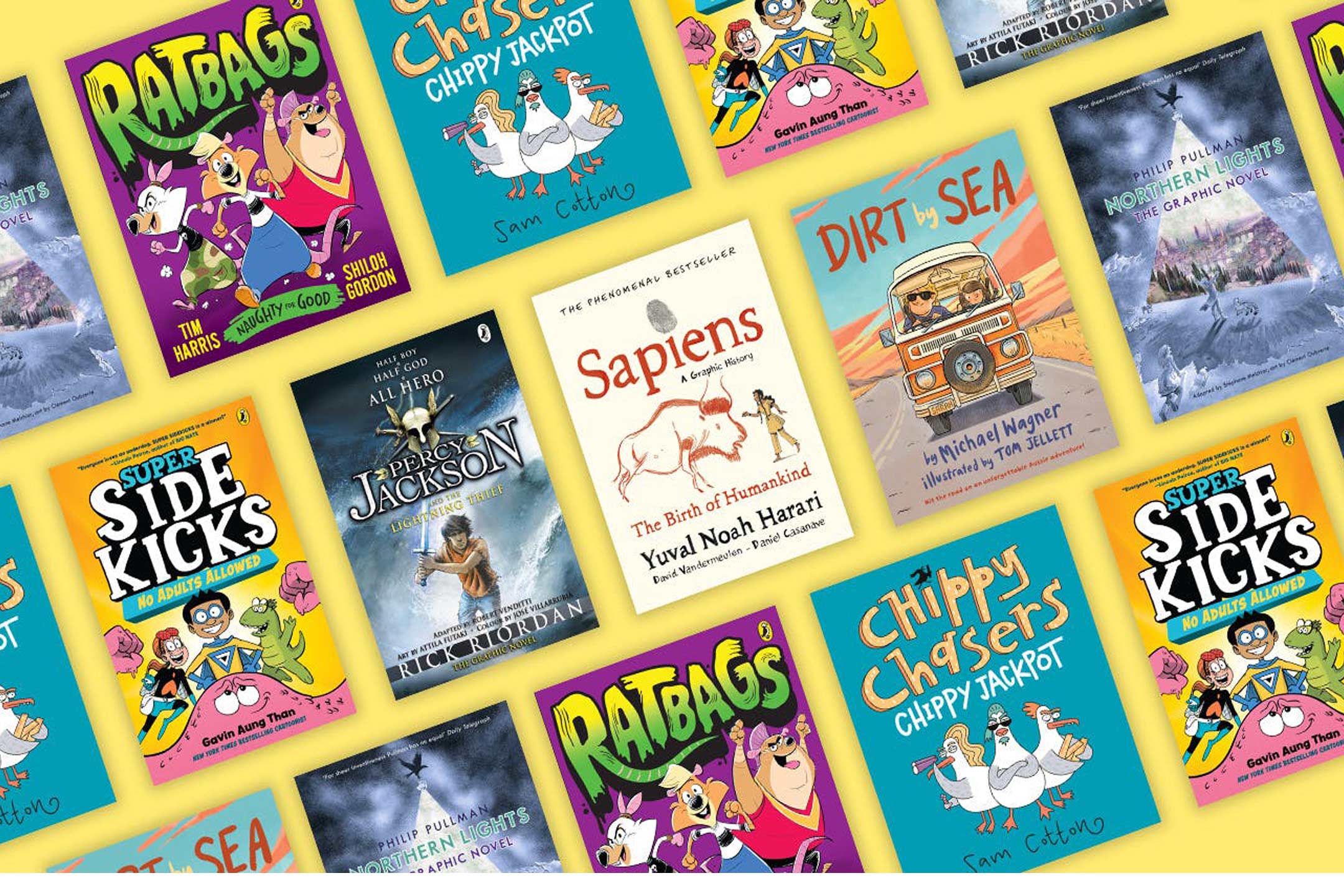
24 Oct Do graphic novels count as “real reading”?
There are some myths about reading that tend to be perpetuated relentlessly. One of them: That graphic novels* don’t count as “real reading.”
However, teachers and literacy experts disagree with this. Graphic novels will improve your child’s reading skills like any other book would, and they are fantastic choices for reading outside of class. Best-selling series like Ratbags, Super Sidekicks, Baby-Sitters Club, Always Anthony and titles like Cross My Heart and Never Lie have been captivating readers of all levels and interests for almost years.
Packed with rich plots, complex storylines, and captivating visual elements, graphic novels have a unique appeal to readers — and when kids find books they are interested in, they are more likely to read.
Another great thing about graphic novels is that they can often be a way into reading for children who find it more difficult to connect with traditional prose texts. Struggling readers will often willingly and enthusiastically gravitate toward these books due to the visual format of the storytelling, helping them to become lifelong readers.
Here are some good reasons you should encourage your child to read graphic novels throughout the year:
Graphic novels are full of text.
Sure, they have drawings, illustrations, and sometimes photos, but they also have text that readers must actually decode, analyse, and comprehend. With graphic novels, kids still must follow plots and character development. They must understand cause and effect, and they must learn about perspective. All of these things will improve their reading comprehension.
Graphic novels are engaging.
Often, especially for struggling readers, graphic novels add the extra support kids need to help them through a text. The combination of text and pictures can be particularly captivating, providing context for stories that kids might not completely understand otherwise.
Graphic novels are high-quality reading material.
Just like traditional novels, graphic novels have exciting and complex plots, characters, and conflicts. The plots have twists and turns. Characters are developed and dynamic. Conflicts are presented, unwound, and resolved like they are in other texts. The only difference is that graphic novels have more images to support the development.
* Graphic novels are stories written and illustrated in the style of a comic: Vivid illustrations combine with short bursts of text, often presented in a series of rectangular panels.
For The Australian Library and Information Assoc. (ALIA) list of notable graphic novels for all ages go HERE
Main Image: Penguin Books




